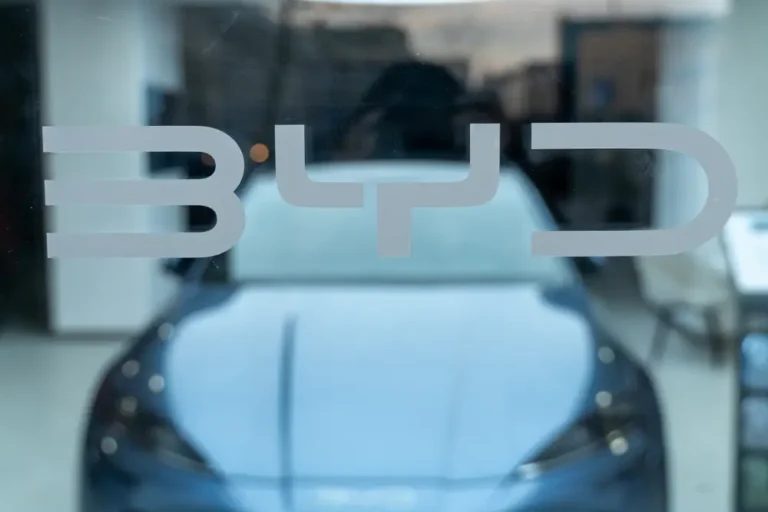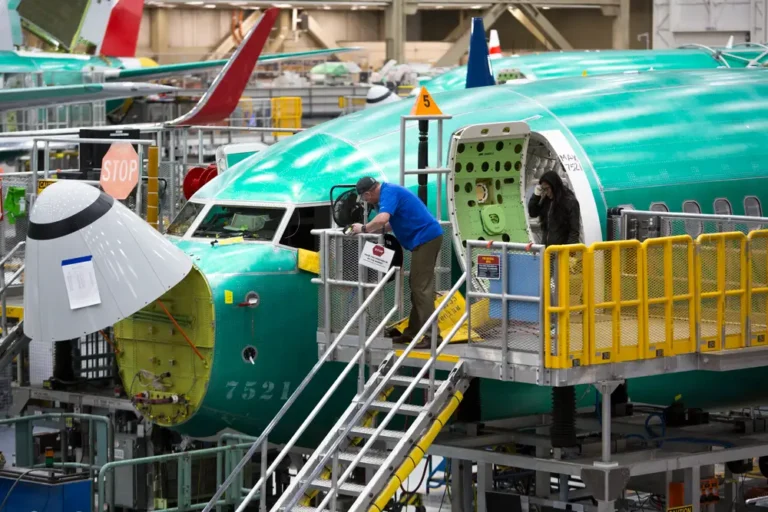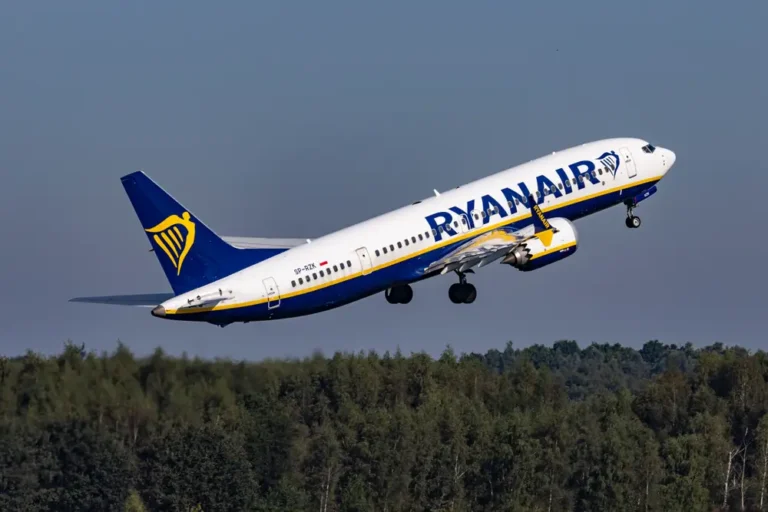Why another delay of Boeing’s new 777X plane is such a big deal
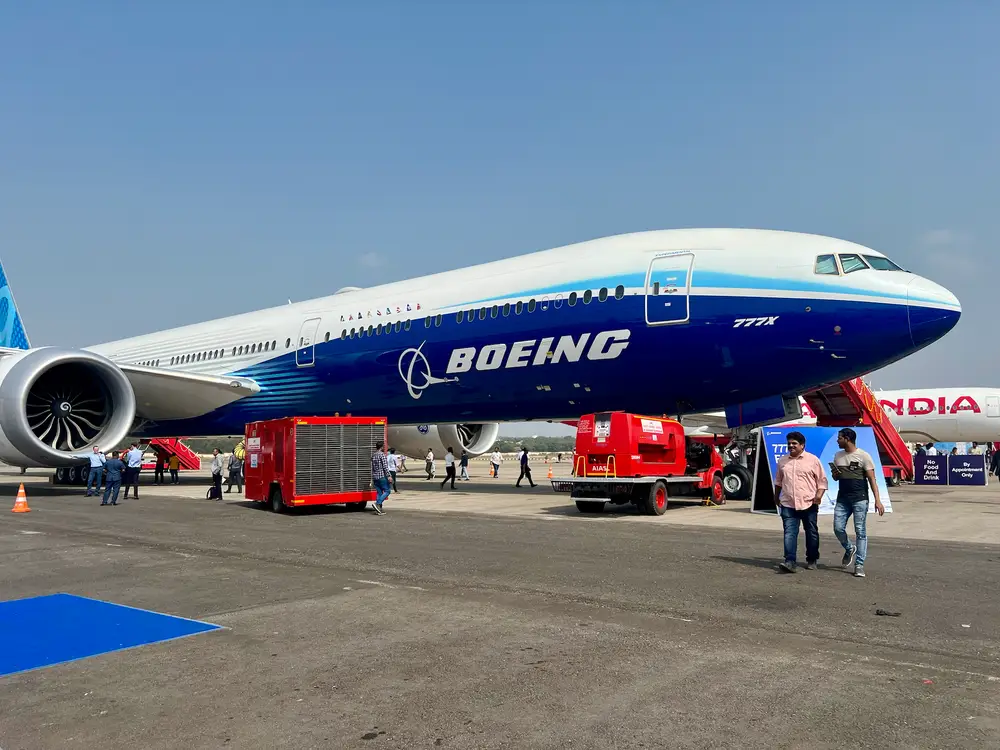
The Boeing 777X on display at the Wings Airshow in India in January 2024. The new plane variant is key to Boeing’s future growth.
Boeing’s future is dependent on the upcoming 777X, the world’s largest passenger plane in production, which has been delayed once again.
The revolutionary jetliner, with folding wingtips and increased fuel economy compared to competitors, is now expected in 2026, Boeing said Friday. In the same announcement, the embattled planemaker said it would cut its workforce by 10% and discontinue the 767 cargo plane.
More than a dozen airlines, including British Airways, Emirates, and Singapore Airlines, have placed about 500 orders for the twin-engine 777X, which was originally supposed to start flying passengers by 2020.
But the new jet is already five years behind schedule and $1.5 billion over budget, a number that’s only expected to grow.
CEO Kelly Ortberg, who took over the top job in August, cited certification flight-test issues, which were paused in August due to a component problem, and a labor strike that started in mid-September. Boeing said in a preliminary third-quarter earnings report that the latest 777X setback will cost $2.6 billion.
At least one customer has already said it is unhappy with the new 777X delay.
A lot was already riding on the new 777X, especially proving its modified design was the right strategy over building a new plane from scratch.
But the strike, combined with ongoing 737 and 787-related fires, will make adding an entirely new plane to the mix increasingly more difficult.
Experts said Boeing will need to earn back the trust of airlines that have raised concerns about the planemaker’s ability to certify and deliver planes. Boeing has about 6,200 aircraft on backlog.
Boeing also doesn’t want to fall further behind rival Airbus. The European planemaker’s A321neo family has outsold the 737 since 2019, and it’s already launched the 777X’s competing Airbus A350 widebody, which has over 1,300 orders to date from the likes of Korean Air, Delta Air Lines, Singapore Airlines, and Lufthansa.
The 777X’s familiarity and more spacious 10-abreast cabin are huge selling points against the A350, which is smaller than the 777-9 model but cheaper and longer-ranged.
Boeing needs to prove it can safely update an old aircraft
Unlike Airbus’ A350, Boeing based the 777X on its classic 777-300ER but modified it to be larger and more efficient. The 777-300ER is Boeing’s best-selling 777 variant, selling over 800 units since 2000.
Key differences between the two 777 types are the size, engines, and wings. The new plane has tips that fold up to ensure it fits in the same gate space as the classic model.
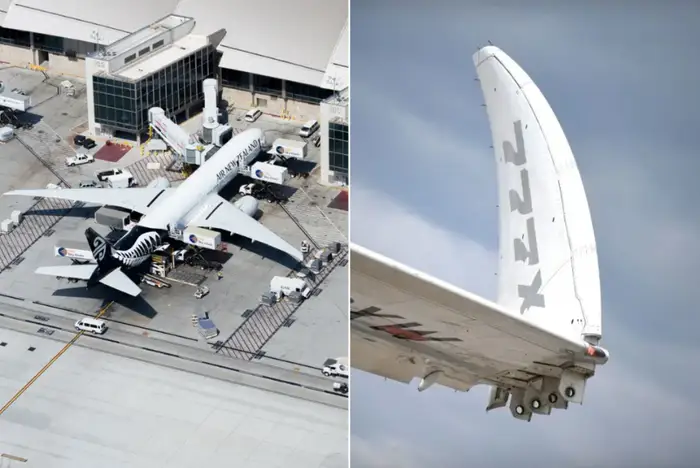
The 777X’s folding wingtips help the giant plane fit into already-constructed 777 gate space, like the Air New Zealand classic 777 pictured.
Operationally, the 777X is similar to its predecessor — and that’s by design. Its flight deck resembles that of Boeing’s 787 Dreamliner — meaning pilots can jump between all aircraft with little extra training, and airports save on infrastructure costs.
Boeing’s last completely new widebody plane was the 787 way back in 2003. While the Dreamliner is a cash cow with over 2,300 orders and about 1,100 delivered, the planemaker wasn’t ready to invest in another challenging, time-consuming, and expensive clean-sheet widebody this time around.

The versatile Boeing 787 Dreamliner comes in three sizes: small, medium, and large.
Opting for the cheaper update has already caused problems before
When building the 737 Max — an update to the popular narrowbody — Boeing installed a system that was responsible for crashing two planes in 2018 and 2019.
The system, known as MCAS, was new. But Boeing didn’t clue airlines in because it was selling the Max as an enhanced version of the next-generation 737 family rather than as an entirely new plane and needed it to require minimal pilot training.
Similar design flaws on its 777X would further plague Boeing’s chance at revival.
“There’s a lot of things that Boeing’s going to have to do that was not done on the 777-300ER,” Aviation Week’s chief regulation and safety editor said in a July 2023 podcast. “The biggest thing, again, as we’re seeing on the 737s, is validating these system safety assessments that have to do with making assumptions about pilot reactions during non-normal situations.”
The 777X needs the trust of key Middle Eastern customers
Middle Eastern carriers Emirates, Qatar, and Etihad Airways make up the bulk of the 777X orders, taking interest in both the $442 million 777-9 and the $410 million 777-8.
Emirates added 90 more 777Xs to its order book in late 2023, bringing its total to 205, 35 of which are for the smaller variant. Qatar and Etihad have ordered 94 and 25 777-9s, respectively, for a collective 324 777X planes across the three airlines.
The 777X’s size and efficiency make it favorable for these carriers’ strong hub-and-spoke networks that rely on big planes to shuttle as many people as possible between cities at once. The three carriers plan to phase out fuel-hungry planes like the A380 quad-jet and replace them with the more efficient 777X.

The Boeing 777X’s 10-abreast cabin mockup on display at Aircraft Interiors Expo in 2022.
Despite the substantial investment, Emirates president Tim Clark has voiced his concern over Boeing’s 777X delays, and he isn’t pleased with the latest setback. He told B-17 on Monday the airline has already made “significant and highly expensive” fleet adjustments to accommodate Boeing’s “contractual shortfalls.”
“I fail to see how Boeing can make any meaningful forecasts of delivery dates,” Clark said. “We will be having a serious conversation with them over the next couple of months.”
Still, Clark told The Air Current in June that the 777X is a promising plane but noted that its problems are bad for airlines relying on Boeing to fulfill their demand needs because it’s taking so long to certify.
Aviation analyst Richard Aboulafia told B-17 in July that Boeing is likely too far in to cancel the program. Airlines and Boeing will eventually benefit once the new widebody hits the market.
“The 777X is definitely worth pursuing,” Aboulafia said. “It’s the largest jetliner on the market, which is always useful for slot-constrained airlines. And the order book is respectable, if not fantastic, for a program at this stage.”

